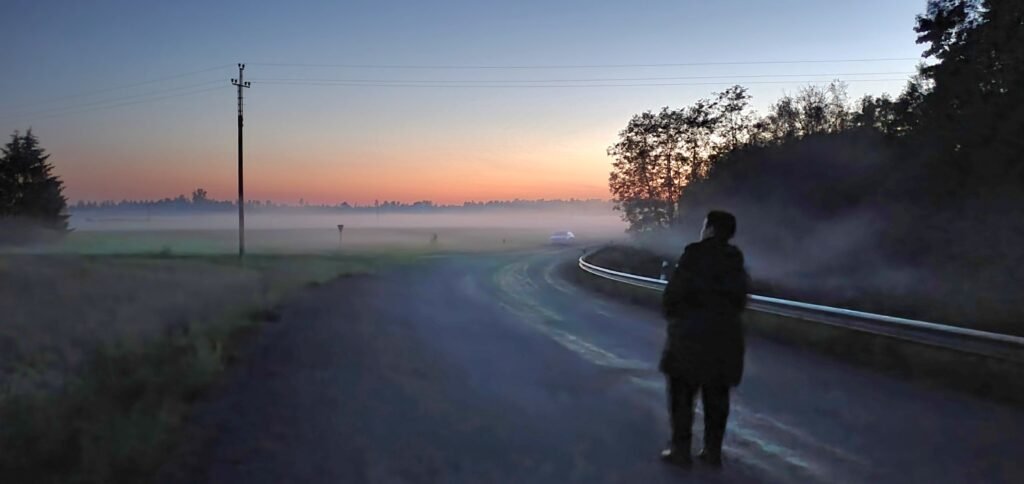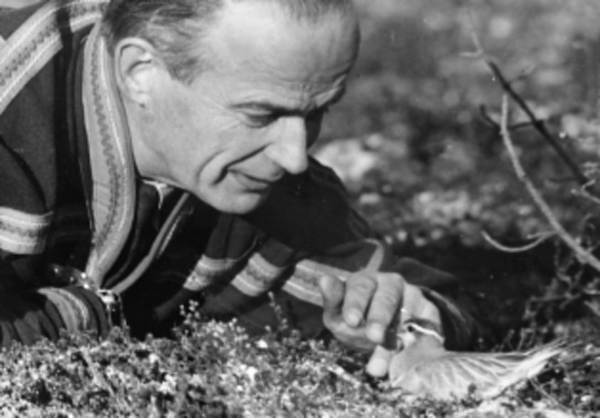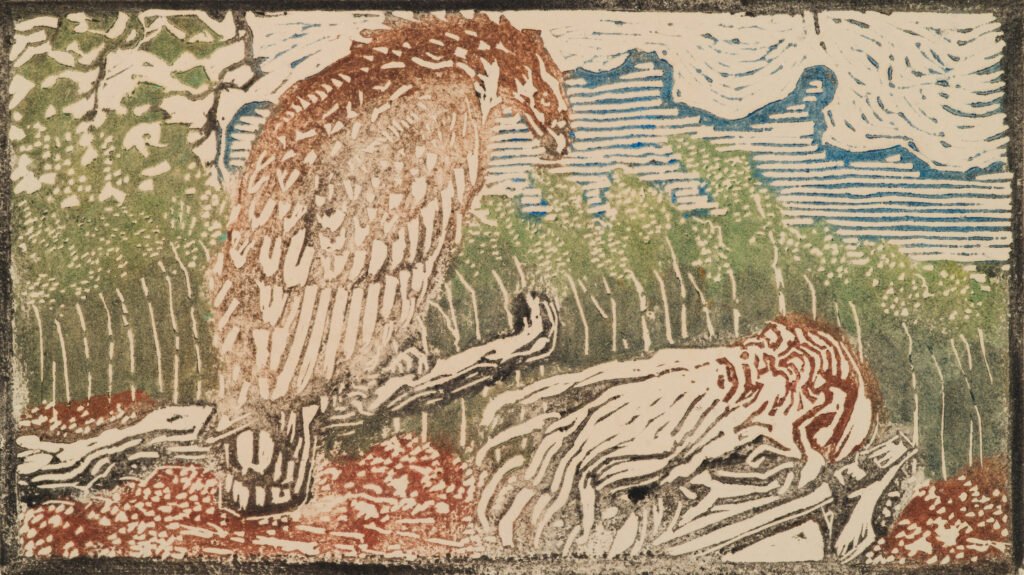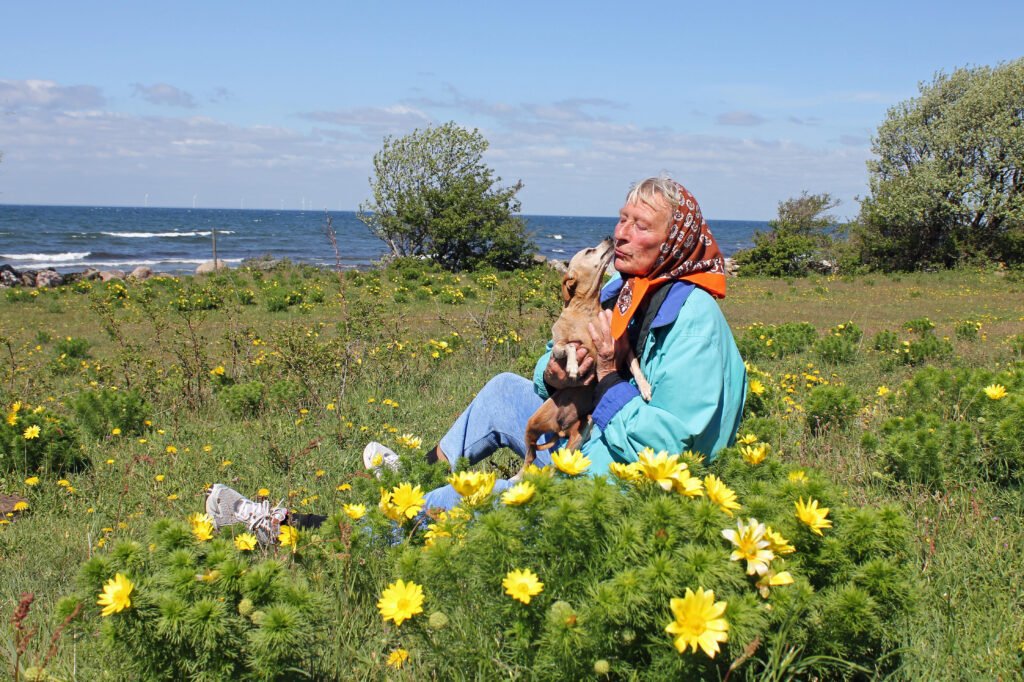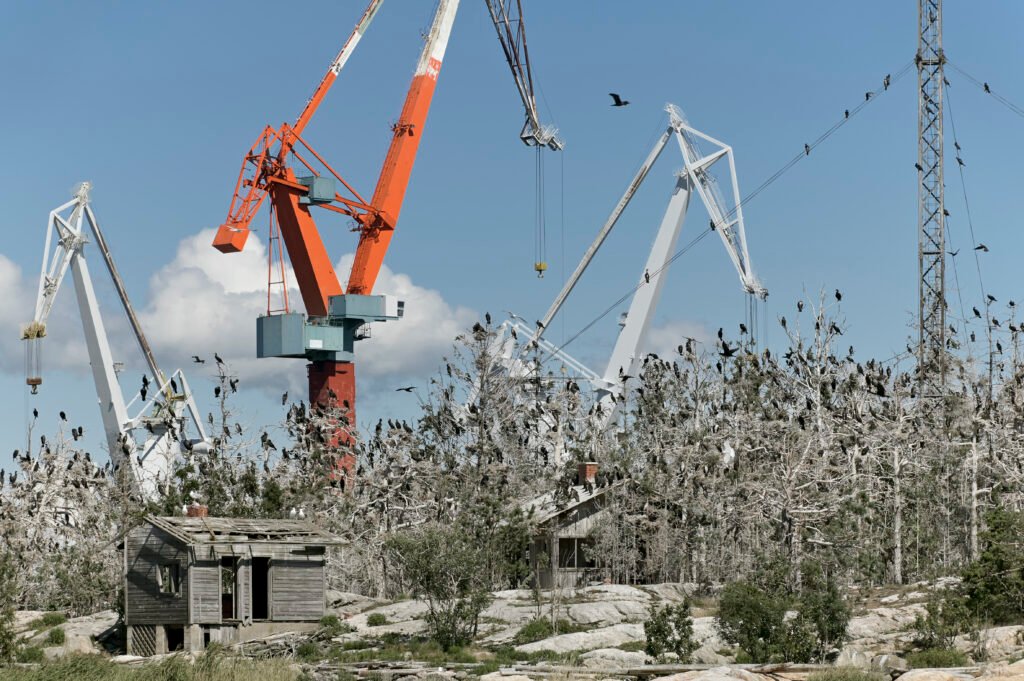Nordic Nest: Winged Words
The Winged Words Nest dives into the historical context of birds in nature writing, in the current situation of environmental change.
“In early folklore and poetry, birds were symbols for human emotions, the soul and the art of poetry. The advent of modernist poetics changed the role of these poetic animals. Lexixal transcriptions and visual renderings of bird songs and calls, typographical representations of flight and eggs and detailed descriptions of bird life began to appear in poetry, giving rise to all kinds of bird-likenesses. From the perspective of literary criticism, this avian poetics raises new questions: how are birds in poetry, how do they influence writing, is there such a thing as poetic avian agency?”
Karoliina Lumma
Most humans are unaware of the dwindling bird populations. Amid our lost connection to and reverence for nature, we have developed a blindness and deafness to their decline. As we become more distant from the presence of birds, we also grow unfamiliar with their language, and thus stop listening to their calls and songs. The birds, therefore, need translators who can communicate both their needs and their joys. In the Winged Words Nest, we have invited writers and researchers who, in different ways, have contributed to interpreting and conveying a deeper understanding of the presence and calls of birds.
Art is powerful; it has the ability to bypass the intellect and reach people’s hearts, creating change and awakening awareness. Sometimes, these works reverberate so strongly that they alter people’s attitudes and habits, and even influence legislation. One such work was Rachel Carson’s Silent Spring (1962), which helped lead to the eventual ban of DDT. Similarly, J.A. Baker’s beautifully poetic The Peregrine (1967), though perhaps not as forceful in its consequences, spread a gentle awareness of the remarkable birds in our neighborhoods and the looming dangers of modern agricultural practices.
On a much more positive note, the Finnish veterinarian and writer Yrjö Kokko is credited with saving the whooper swan population in Finland from extinction. Despite being protected by legislation in the 1930s, the whooper swans were still hunted and their eggs stolen, leaving as few as around 14 pairs remaining. In 1950, Kokko published his famous book Laulujoutsen – Ultima Thulen lintu / The Singing Swan, which became incredibly popular and touched the hearts of many Finns. As a result, hunting eventually stopped, and the whooper swan population rapidly increased. Today, there are approximately 10,000 pairs nesting in Finland. The book not only saved a species from extinction but also transformed the whooper swan into an icon, becoming Finland’s national symbol—and even making its way onto Finnish passports as a watermark! You can read or listen more about this inspiring story in PhD Katri Aholainen’s contribution to Winged Words. See the post below.
Karoliina Lumma is a postdoctoral researcher specialising in literary studies and environmental humanities, currently based at Turku University in Finland. She has been an advisor and collaborator since the inception of The Conference of the Birds and contributed the beautiful essay The Great Cormorant – A Bird Worthy of a Song for the Finnish Nest Chorus Sinensis. For the Winged Words Nest, Karoliina has shared her essay Birds in Finnish Literature, originally published in German in the Yearbook of Finnish-German Literary Relations (Nr. 54, 2022). It is here translated into English, with poems and fiction translated by Emily Jeremiah, Fleur Jeremiah, John Abercromby, and Karoliina Lumma. See the post below.
In her essay Sensing Birdpoetic Worlds Jessica Sunnebo gives us an introduction to and a reflection of the beautiful and sensitive bird-poetry of the late Swedish poet Nina Södergren. Jessica has a deep appreciation for reading and writing poetry and feel a profound sense of interconnectedness to nature, and wanted to explore these perspectives through her studies. Having discovered the book I fågelspråket (In Bird Language) by Nina Södergren, Jessica embarked on a thesis merging anthropology and environmental aesthetics into an engaging and meaningful exploration of Nina’s life and poetry. Jessica befriended Nina Södergren’s children and grandson, which eventually led her to visit her former home in Öland, now the residence of Nina’s artist daughter, Maria. Hearing their stories and gaining insight into Nina Södergren’s life added a deeply personal and enriching dimension to her research, making the process even more meaningful. See the post below.
In his intriguing essay Tibutibuvihihehehiu, David Rothenberg befriends the amazing Blyth’s Reed Warbler, a true jazz musician. For decades, David has explored the joy of interspecies jamming with a variety of animals and birds, from whales and nightingales to cicadas and pond critters. When he accidentally comes across a compelling animation of the warbler’s jazzy tunes on YouTube, he contacts the recordist and creator of the animation, Flacko Weasel (aka Merlyn Kotljar). David eventually invites himself on a journey into the Estonian dawn with Merlyn to listen to, and jam with, the warbler. For decades, David Rothenberg has explored the joy of interspecies jamming with a variety of animals and birds, from whales and nightingales to cicadas and pond critters. David has also been an invaluable advisor for The Conference of the Birds. He came to Engeløya for the initial symposium in 2018, and also took part in the seminar Can People and Birds be Friends? at the Tromsø Centre for Contemporary Arts.
“But maybe what singles us out is our need to wonder, to ask, to be perplexed at the vast beauty we live with. Science begins with questions, art too begins with questions. One answers with the collation of data sifted into diagrams and numbers, while the other answers with moments of amazement we shouldn’t want to explain.”
From the essay Tibutibuvihihehehiu by David Rothenberg.
Read the selected texts for the Winged Words Nest in the posts below.
Tibutibuvihihehehiu – Live with the Blyth’s Reed Warbler
How words can change the life of birds.
Birds in Finnish literature
Sensing Birdpoetic Worlds
A bird worthy of a song
Curators of and contributors to the Winged Words Nest
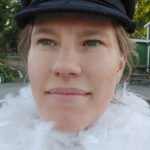
Ulrika Jansson (SE)
Artist/CURATOR
Ulrika Jansson’s artistic practice is based on the meeting between place, human and ecology. The artworks are multi-part in different media presented in audiovisual installations, often both indoors and outdoors. They are expressed as sculpture and stop-motion film, where plant material and natural phenomena are brought to life, into sound works with mind-expanding techniques that enable contact with more-than-human forms of consciousness. Jansson initiates and participates in interdisciplinary projects with the aim of using artistic approaches to make global ecological problems more tangible in a local context together with other disciplines.
www.ulrikajansson.com
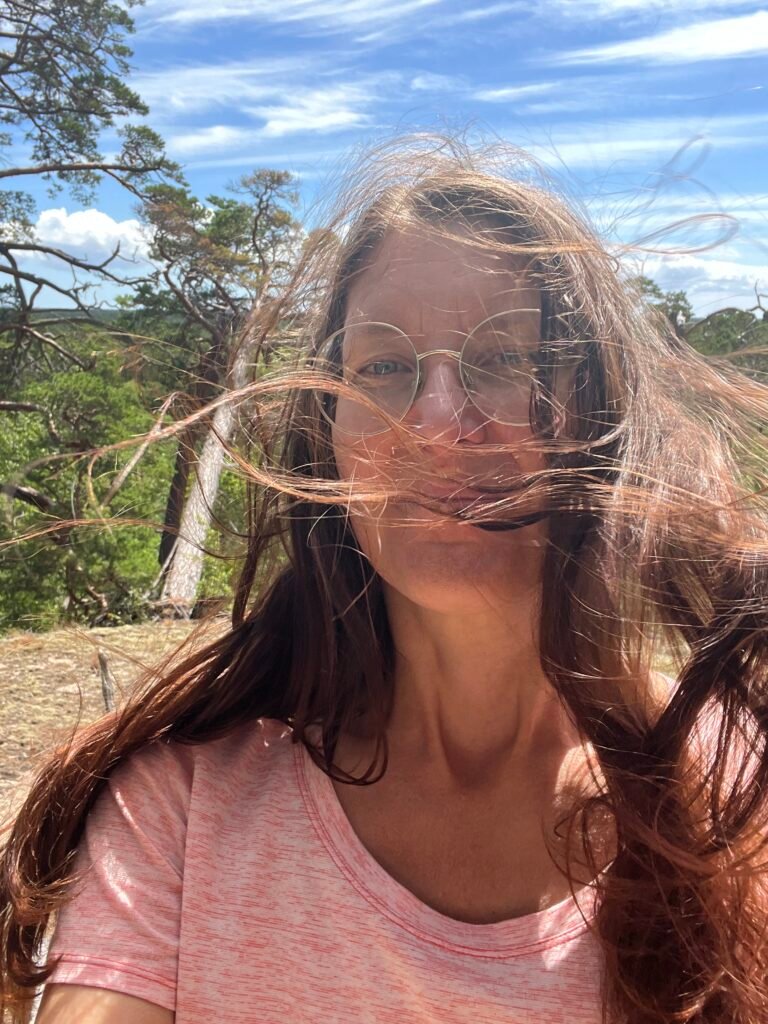
Jessica Sunnebo (SE)
Writer & Changemaker
Jessica Sunnebo is passionate about nature, culture, and transformation. She writes poetry and is dedicated to strengthening communities while reimagining and rebuilding the world into something more beautiful. Based in Stockholm and on a farm in Tiveden, she also hosts courses and retreats that foster deeper connections with oneself, others, and the more-than-human world.

Blyth’s reed warbler (Acrocephalus dumetorum)
reed warbler
We breed from the Baltic Sea in eastern Europe almost as far as Lake Baikal in Siberia, with a southern isolated population in Central Asia. In winter we fly to India, Sri Lanka, Nepal, Bangladesh and Myanmar. We like to stick together in pairs, but sometimes we have several partners. We like it best on our own and stick to our fairly large territories. Our nest are cup shaped, made from plant material and spiders’ webs and we place them 20 to 60 cm above the ground. We are great singers and our jazzy tunes have been made into this super animation by an Estonian fan of ours!

Eva Bakkeslett (NO)
Artist/CURATOR
Eva Bakkeslett is an artist, curator and cultural activist. Through her work, she conveys connections between nature and culture as a living organism. Communication across species boundaries, bacterial cultures and fermentation as a process and metaphor is central to her work and disseminated in the form of socially engaged and inclusive projects. Her work provides insight into poetic, sensory and transformative processes where new perspectives are revealed and materialised. Eva is curating The Conference of the Birds with Ulrika Jansson.
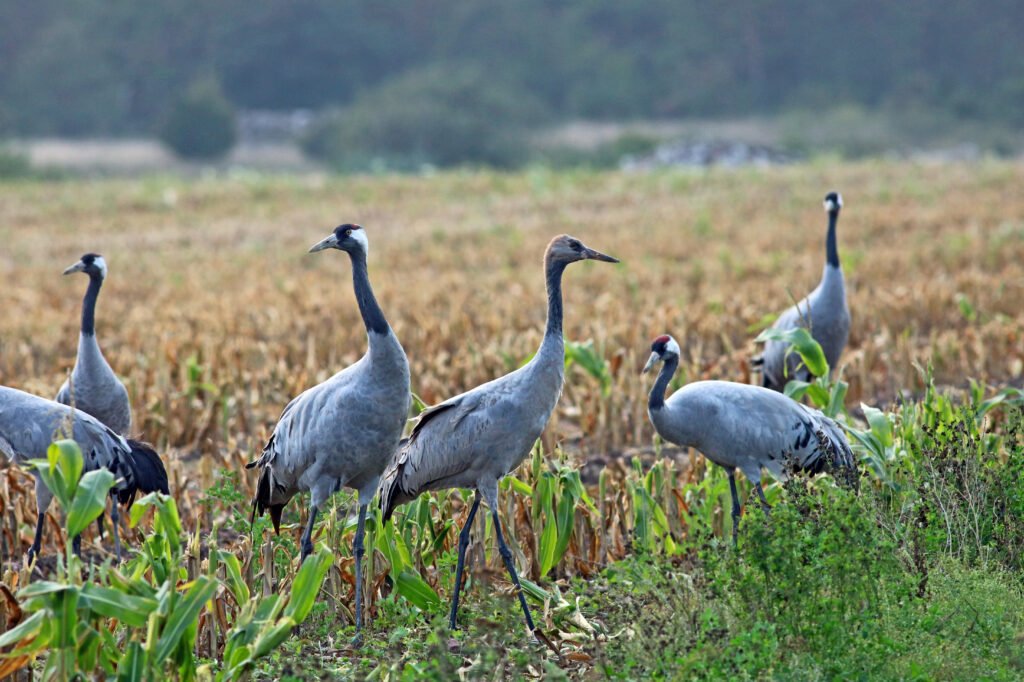
Common Crane (Grus grus)
Gruidae Bird
We are the most common crane in Europe and got our name from Carl Linnaeus in 1758. Most of us migrate and breed in Russia, Finland and Sweden. In the winter we mostly live in Portugal, Spain and northern Africa. We like it best on treeless moors, bogs, swamps, close to small lakes or pools. We are great performers and our claim to fame is our breeding dance. Our population is gradually increasing, and we are around 500000 Common cranes worldwide.
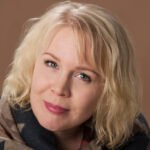
Karoliina Lummaa (FI)
Postdoctoral Researcher
Karoliina Lummaa (FI) is a postdoctoral researcher specialised in literary studies and environmental humanities. Currently, she is affiliated with the University of Turku and to the independent BIOS Research Unit. Lummaa’s publications include research articles and co-edited anthologies on ecocriticism and posthumanism. She is the author of two monographs focusing on Finnish bird poetry and bird cultures.

Whooper Swan (Cygnus cygnus)
Anatidae BIRD
We spend much of our time swimming, straining the water for food, or eating plants that grow on the bottom. We have a honking sound, a bit like geese, and despite being amongst the heaviest, flying birds we migrate hundreds or even thousands of miles to our wintering homes in southern Europe and eastern Asia. We mate for life and equality is important in our families. We share the nesting work. We used to be in serious trouble because of human persecution, but due to bans for killing us and stealing our eggs we now have fairly good populations, especially in Finland, where we’re also the national bird! We have inspired a lot of art, from music to dance and literary works.
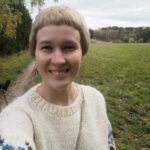
Katri Aholainen (FI)
Doctoral Student, Literary Studies and Creative Writing
Katri Aholainen is currently a doctoral student at Turku University. In her master’s thesis, she wrote about the involvement of non-human actors in art-making processes. Her material included Yrjö Kokko’s works Laulujoutsen (1950) and They Come Back (1954). Alongside human beings, whooper swans are emerging as important actors in the works, which were completely disappearing from Finland at the time of their publication. Thanks to the size of the swan books, the Finnish attitudes towards the swans changed and the living conditions of the swans began to improve. In her dissertation, she reflected on how whooper swans participated in the process of creating books to save them.
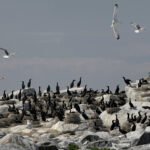
Great Cormorant (Phalacrocorax carbo sinensis)
Seabird
Us cormorants are a bird species living in most parts of the planet’s marine areas and other waterways. We enjoy living in big colonies together with folks of our kind. Sometimes other sea birds live together or near to our colonies, and we support each other’s lives. In Finland we mostly occupy outer and rocky sea islands where no one else likes living. We enjoy the open skies and the fresh sea breeze and mostly eat small fish such as perches and roaches which we catch by diving.


